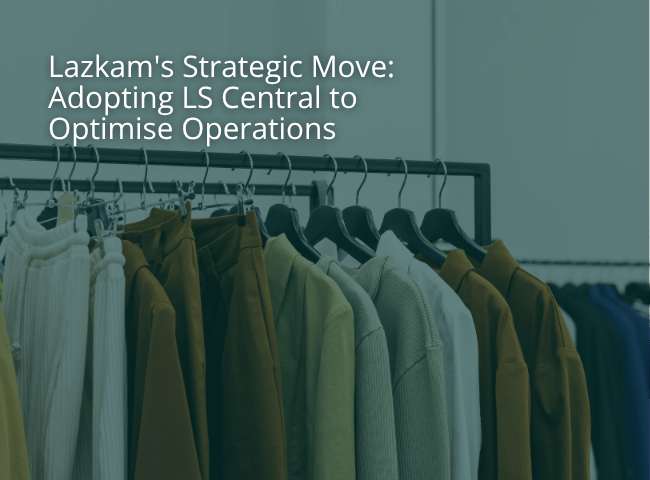Help! There’s a crocodile in my data swamp
Is your organisation facing challenges maintaining the accuracy of its data?
Do you find yourself grappling with a ‘data swamp’ scenario, rather than leveraging the advantages of a data mesh?
Are you quite sure that if you venture into your data lake, you will find it threat-free?
These and other questions are issues that we tackle every day. So let’s unpack this as we look at the importance of maintaining the accuracy of your organisation’s data.
The importance of data accuracy
When vast amounts of data need to be administered, it’s crucial to manage against the possibility of critical data becoming outdated or corrupted, which could lead to flawed business decisions.
Data accuracy – which has real-world implications across all industries – refers to error-free records that can be used as a reliable source of information. In contrast, inaccurate data impacts on business intelligence, forecasting, budgeting and other critical activities. If the data is irrelevant, incorrect, incomplete or inaccurate, it can disrupt processes and hamper operational efficiency.
Data swamp versus data lake or mesh?
A data lake is a central repository that stores data, both structured and unstructured, in a raw format. A data mesh is a design strategy for enterprise data platform architecture.
Briefly: a data lake uses a centralised approach to managing data, while the data mesh has a decentralised design for enterprise data architecture.
When a data lake is not properly controlled, it can become a data swamp. A data swamp is a data lake containing unstructured, ungoverned data – usually as a result of a lack of processes and standards.
Just as with the wildlife in real-life swamps, data in a data swamp is difficult to find, manipulate and analyse. Accuracy is critical: are you dealing with a metaphorical python, crocodile or harmless buck?
Safeguarding your data & Empowering your employees
When considering the maintenance and security of your organisation’s data assets, your practices need to be aligned with industry best standards to safeguard against potential malicious threats. In a digital age that brings new vulnerabilities, the digital footprint of a business must be secure to operate and thrive.
Optimal data management should enable your employees to focus on analysing trends and generating insights, rather than being encumbered by the manual organisation of data.
Instead of making them count the swamp creatures one by one, let the technology take over this task, and free them up to do something of more strategic or creative importance to the business.
Analytical insights
Data and analytics used together can deliver deep understanding, or insights, into your business. We can think of a three-step process, as follows: Collect the data; apply analytics, and then interpret the insights.
However, if we use too many technologies to derive these analytical insights, we are potentially complicating the process.
Governance and compliance
As organisations face new data privacy regulations, such as the Protection of Personal Information Act (POPI Act), data governance and compliance becomes increasingly important.
Has your organisation put robust governance and compliance regulations in place to mitigate the risk of potential regulatory fines?
Data governance can also help to improve business decision-making by giving executives better information, which should in due course lead to increased revenue and profits.
Taking all of the above into consideration, it can clearly be seen that the end goal is a properly-functioning data lake or data mesh – rather than a data swamp – in order to derive the best value for your business.
So why not put on your wellington boots and enter the data swamp with us? It’s quite safe – our rangers will bring up the rear in the ongoing quest to help you turn your data into actionable insights.
Contact us today to turn your data swamp back into something manageable.







